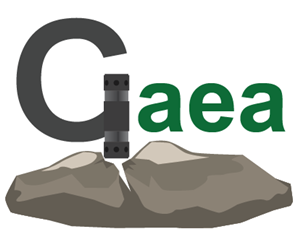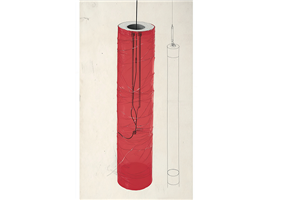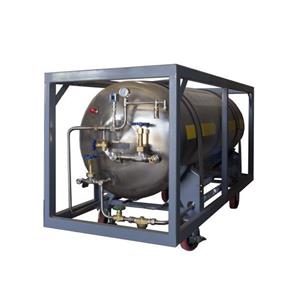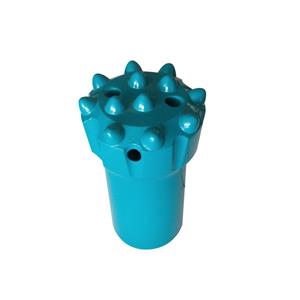Is the domestic technology of carbon dioxide blasting mature? What is the market application prospect?
Product Link:
Rock breaking, as the name implies, means rock crushing. Small stones can be broken into pieces with a hammer. How can a mountain of stones be efficiently peeled into suitable sizes for processing? How can a gas be used to achieve the goal of efficient rock crushing?
1. What is rock breaking?
Rock breaking is rock crushing. Its basic principle is to use a power source to directly throw and scatter the broken rocks away from the original position, or to cut and scatter the rock mass in pieces away from the original position.
In ancient mining, the fire blasting method was widely used. The history of ancient mining in my country has a long history, which can be traced back to the Stone Age. There are also various mining methods and technologies, such as excavation and reclamation methods in open-pit mining, vertical shafts, inclined shafts, and horizontal tunnels in underground mining, etc. Before the Spring and Autumn Period, China had already applied the fire blasting method to mine. This is a rock crushing method that heats the rock with fire, quenches it with water, makes the rock crisp, and then pries it out by hand. It was not until the middle of the 19th century that rock blasting became the most commonly used rock crushing method in mining projects after the adoption of rock drilling machinery and gunpowder blasting technology. After World War II, with the growth of demand for ore, many new types of rock drilling machinery, blasting equipment and mining machinery were developed, such as rotary drills, down-the-hole drills, differential detonators, ammonium nitrate explosives, mining and excavation combined machines, etc. At the same time, it was also required to more accurately reflect the laws of rock crushing on the basis of modern science. The important position of rock crushing in mining projects has gradually been recognized by people.
2. What are the characteristics of traditional rock breaking technology? Traditional rock breaking technology can be divided into two categories according to different power sources. One is explosive rock breaking with pyrotechnics as the power source, and the other is non-explosive rock breaking represented by machinery or expansion agents.
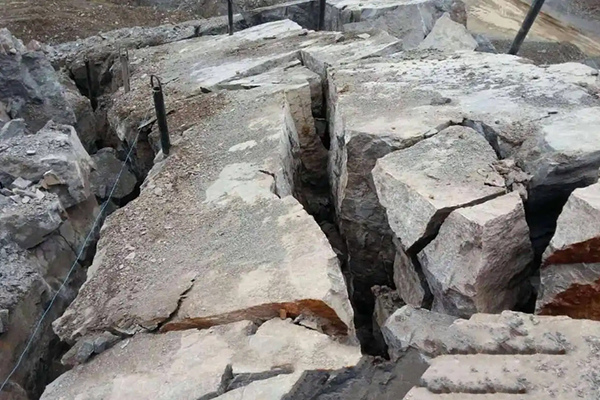
1. Explosive rock breaking
Explosive rock breaking, also known as explosive blasting technology, refers to the phenomenon that the shock wave and explosive gas generated by the explosion of explosives in air, water, soil and rock media or structures act on the surrounding media, causing the soil and rock media or structures to be compressed, deformed, destroyed, loosened and thrown. This technology is economical and efficient; but its safety risk is high, and it is necessary to be vigilant against problems such as early explosion, refusal to explode, and half explosion of explosives. It is widely used in large mines, tunnels, water conservancy projects and other scenes.
2. Mechanical rock breaking
Mechanical rock breaking is to use machinery as a power source to impact or split the rock mass to achieve the purpose of rock crushing. At present, the main mechanical rock breaking methods in China include hydraulic breakers, hydraulic breaker picks, pneumatic picks, splitters, etc. The advantage of this technology is that it can maintain the integrity of the rock mass to the greatest extent, without the generation of harmful gases, and is environmentally friendly; but there are problems such as high cost, low efficiency, and easy noise nuisance. It is widely used in secondary crushing of rocks, reinforced concrete demolition, hull removal of clams, rust removal, ice breaking, frozen soil breaking, soft rock, sand mold vibration and other scenes.
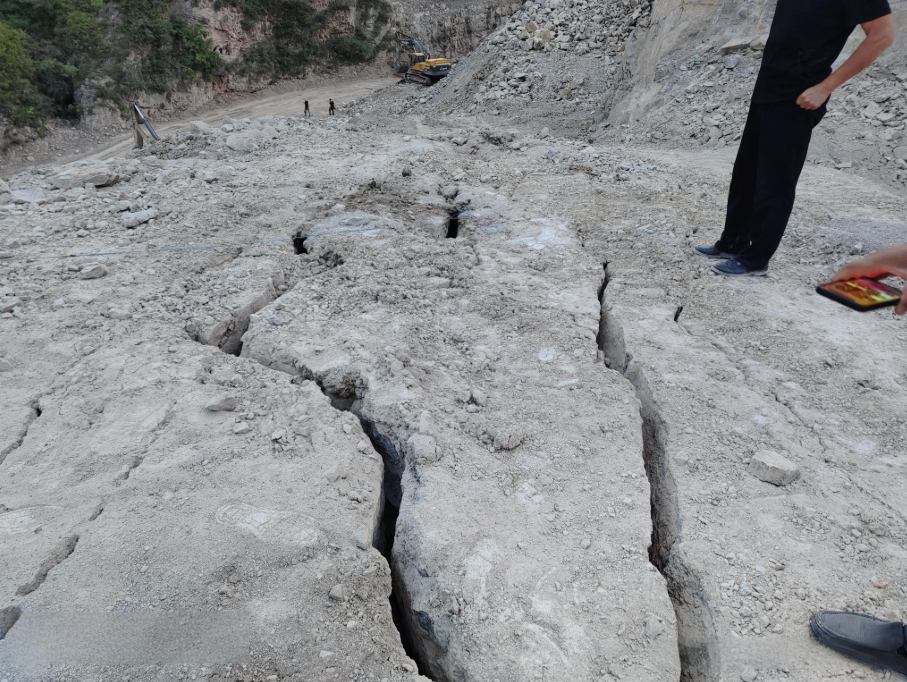
3. Expansion agent rock breaking
Expansion agent rock breaking is also called "static rock breaking technology", which refers to mixing static crushing agent with water and loading it into dense boreholes, and using the expansion force generated by the crushing agent during the hydration process to crush the rock mass. This technology has the advantages of no vibration, no noise, and no flying stones and dust; but its expansion force is insufficient, the speed is slow, it is not frost-resistant, the material cost and drilling cost are high, and the construction period is long. It is widely used in scenes such as stone mining, concrete crushing, rock excavation and high slope repair.
In summary, traditional rock breaking technologies have their own advantages in their respective applicable fields, but they all have application limitations. Explosive rock breaking has low cost and high efficiency, but it is difficult to control the harmful effects of blasting. There are limitations for operations in complex environments and they are strictly controlled; mechanical rock breaking has good continuity, but it is greatly affected by the hardness of the operating rock mass, and there are problems such as high cost, low efficiency, and easy noise nuisance; the expansion agent rock breaking on the market is safe and has no flying stones and dust, but it still needs to overcome the problems of small rock breaking force, poor effect, long time, and small rock breaking volume at one time.
3. Technical advantages of carbon dioxide fracturing device
In view of the problems of low rock breaking force, poor effect, long time and small rock breaking volume of carbon dioxide fracturing devices on the market, Yantai Gaea Rock is committed to the research and development of key technologies for carbon dioxide phase change expansion and technological innovation. It has developed a series of products such as diameter 89x5x1200 fracturing devices, diameter 76x1.5x1400 fracturing devices and diameter 32x (350-1500) activators to solve different rock breaking problems.
Different from traditional explosives, Yantai Gaea Rock carbon dioxide fracturing devices do not produce shock waves, open flames, heat sources and various toxic and harmful gases produced by chemical reactions. Applications have proved that carbon dioxide fracturing devices, as a physical fracturing device, do not have any negative effects and have high safety performance.
The thermal reaction process is carried out in the inner cavity of the closed tube body, and the low-temperature cracking is carried out. The ejected CO2 has the effect of suppressing explosion and flame retardant, and will not detonate combustible gases;
It can be both directional cracking and delayed control, especially in special environments (such as residential areas, tunnels, subways, underground, etc.). The vibration during the implementation process is small, there is no destructive vibration and shock wave, and there is no destructive effect on the surrounding environment;
Neither vibration nor impact can excite the heating device, so the filling, transportation and storage are highly safe; and the liquid carbon dioxide infusion only takes 1-3 minutes, and the cracking to the end only takes 4 milliseconds. There is no dud during the implementation process, and no need for inspection;
No pyrotechnic warehouse is required, the management is simple, the operation is easy to learn, the number of operators is small, and no professional personnel are required on duty;
The cracking ability is controllable, and the energy level is set according to the use environment and the object;
There is no dust or flying stones during cracking, and no toxic and harmful gases are generated. The distance to avoid the blast is short, and it can quickly return to the working face and work continuously;
In stone mining, the texture structure is not destroyed, and the yield rate and efficiency are high.
